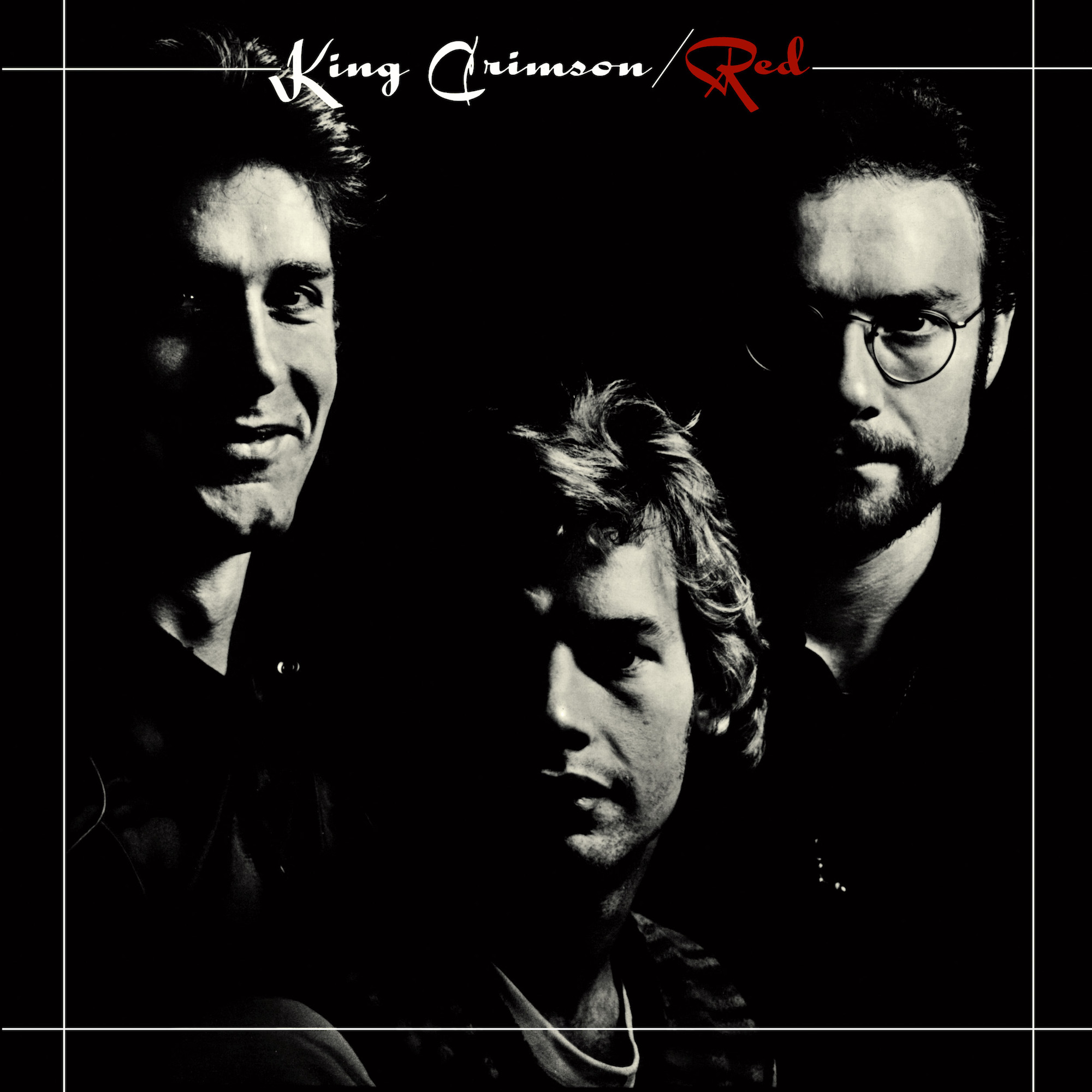I should start off by saying Red is one of the most significant albums of my life, so it was very unlikely that a mix of this album done by the Atmos master Steven Wilson was going to get anything less than a 10. The urgency and desperation of this record has left a huge impression on me from day one. After hearing the 50th anniversary Atmos mix, I am of course unobjectively giving it a 10. (My Atmos setup is 5.1.4).
Wilson delivers again. I was so impressed with the Larks 50th Anniversary Atmos mix, I can’t help but compare the two. Red thankfully gets a similar treatment here, though there are some important musical differences between the two albums that it doesn’t feel like just a copy.
Going in order by song, the title track is probably the track that is least conducive to the Atmos format, because the material is more sparse and direct. This is the only track that’s just the trio of musicians from the album cover, plus some guitar overdubs. There isn’t as much musical material to put in the height speakers or to toss around the room, but Wilson does a fine job of making this song sound massive. I’ve always felt this song felt ahead of its time but also sonically it sounds dated, in the sense that it was a metal song before metal guitar recording techniques were perfected.
Fallen Angel is where things really get going from a surround perspective. There is so much happening here, and I love the interplay of Mark Charig’s mournful cornet from the front height speakers, with Fripp’s lead guitar in the rears. The climax of this song gets very intense, which has the weird side effect of making the studio-fade end feel like more of a letdown compared to the original stereo version. This song is so great.
One More Red Nightmare is mixed similarly to Fallen Angel and is similarly excellent. The percussive clapping effects from the height speaks is a cool effect, though on my setup they sound a little loud (though that might be my fault, since I purposely have my height speakers a couple db louder than default to compensate for all those non-Wilson mixes out there that don’t put enough in the heights). The closeout of Side 1 gets intense in all the best ways.
Providence is absolutely perfect. It’s hard to believe this was a live recording because it is so well-captured. The mixing techniques are very similar to the Larks 50th in that some of the percussion sounds are put into the heights and different parts of the room. Cross is in the rear right and Fripp in the rear left. What this mix reveals is how most of the heavy metal elements from the second half of this jam are coming from Wetton, not Fripp. I had read that Cross’s exit from King Crimson had a lot to do with him getting increasingly drowned out by Wetton on stage, and you can kind of hear this dynamic happening in real time on Providence. What starts off as the experimental violin-driven sound of Larks gives way to the heavy metal sound of Red over the course of the piece.
Starless is, in my opinion, one of the greatest songs of the prog rock genre, so I’m glad Wilson got it right. Because this song is so well-loved, it makes sense to play it safe in certain ways, rather than turn the whole thing upside down. But also during the one-note guitar solo in the middle, Wilson has a little fun with moving the auxiliary percussion into the heights and rears, much like Larks. Once we get to the solos at the end, the heights are utilized again, which I think adds to the urgency that the band meant to convey. So Starless was a home run, as was the rest of the album.








